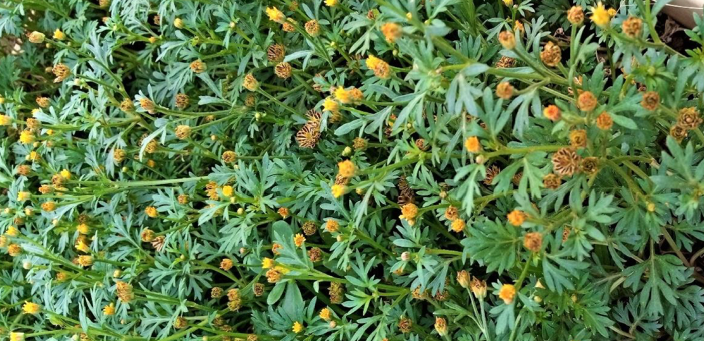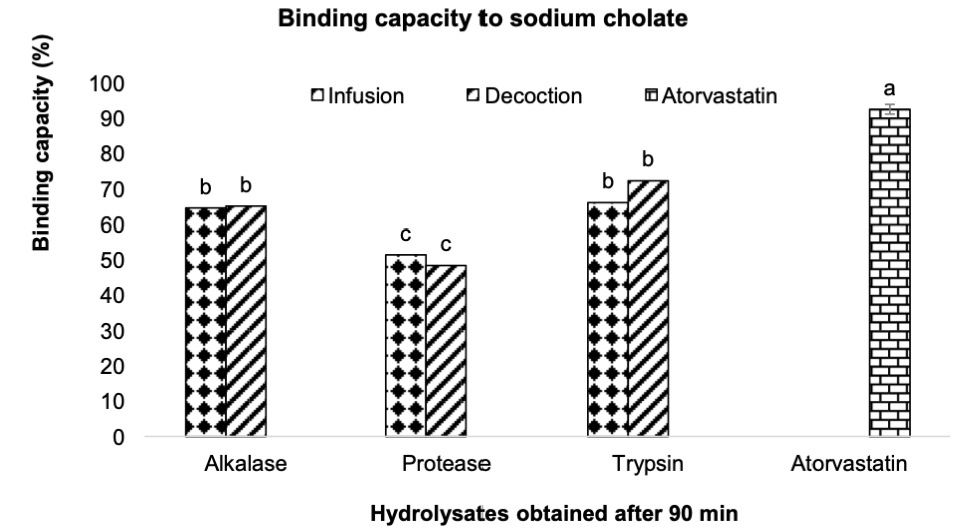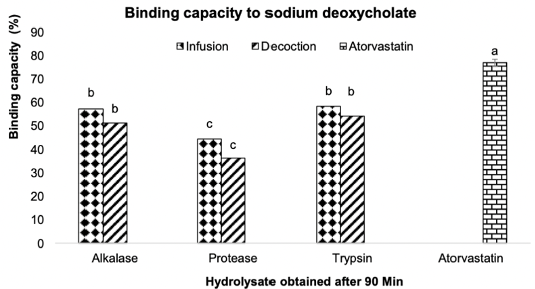Your basket is currently empty!
Chrysanthellum americanum (L.) Vatke extract and hypercholesterolemia

Hypercholesterolemia is known to be a risk factor for the development of cardiovascular diseases, including atherosclerosis, myocardial infarction, and cerebral paralysis. High-fat dietary factors, such as sustained high intakes of saturated fats and cholesterol, are considered to be directly related to hypercholesterolemia. Bioactive molecules from plants are currently of particular interest in the health, agri-food, cosmetic, and pharmaceutical fields due to their multiple biological activities. Edible medicinal plants with antioxidant and anti-inflammatory properties play an even more important role in the management of high cholesterol levels.
Chrysanthellum americanum (L.) Vatke (Asteraceae) is an herb native to South America and is also found in Africa, particularly in Mali.
Researchers experimentally evaluated the flavonoid content of Chrysanthellum americanum, and also studied the antioxidant and enzyme inhibitory activities of ethyl acetate and aqueous extracts of Chrysanthellum americanum. The results of the study showed that the extracts of Chrysanthellum americanum are rich in secondary metabolites, including alkaloids, polyphenols, and flavonoids. As shown in figures 1–3, all the investigated extracts of Chrysanthellum americanum had anti-inflammatory and anti-cholesterol activities. Quite high inhibition rates of protein denaturation were observed with all extracts. The decocted extracts showed the highest anti-inflammatory activity. Similarly, these extracts were able to bind all the bile salts tested. The best binding potentials were recorded with the trypsin hydrolysates of the decocted extract. Also, another group of researchers confirmed through their studies that the extracts of Chrysanthellum americanum were rich in anti-inflammatory and anti-cholesterol activities.

For each concentration, different letters indicate significant differences between the means of different extracts (p< .05)

*Different letters indicate significant differences (p< .05)

Different letters indicate significant differences (p< .05)
Taken together, the results suggest that ethyl acetate extracts, with their richness in flavonoids, could have therapeutic potential against oxidative stress-related diseases and thus be used to treat hyperglycemia. Chrysanthellum americanum would be a potential source of anti-inflammatory molecules and cholesterol-lowering agents for patients with hypercholesterolemia.
CISSE M, K. S., & Salimatou, C. (2022). Inhibitory and antioxidant activities of enzymes involved in hyperglycemia of Chrysanthellum americanum (L.) Vatke extracts. J Pharm Biol Sci, 17(5), 15-19. [Link]
Koné, M. O., Togola, I., Konaré, M. A., Diarra, N., Sanogo, R., & Karembé, M. (2022). In vitro Anti-inflammatory and Anti-cholesterolemic Activities of Chrysanthellum americanum (L) Vatke Harvested in Mali. International Journal of Biochemistry Research & Review, 31(10), 91-99. [Link]
Avcı, G., Kupeli, E., Eryavuz, A., Yesilada, E., & Kucukkurt, I. (2006). Antihypercholesterolaemic and antioxidant activity assessment of some plants used as remedy in Turkish folk medicine. Journal of Ethnopharmacology, 107(3), 418-423. [Link]
Asahina, M., Sato, M., & Imaizumi, K. (2005). Genetic analysis of diet-induced hypercholesterolemia in exogenously hypercholesterolemic rats. Journal of lipid research, 46(10), 2289-2294. [Link]
by
